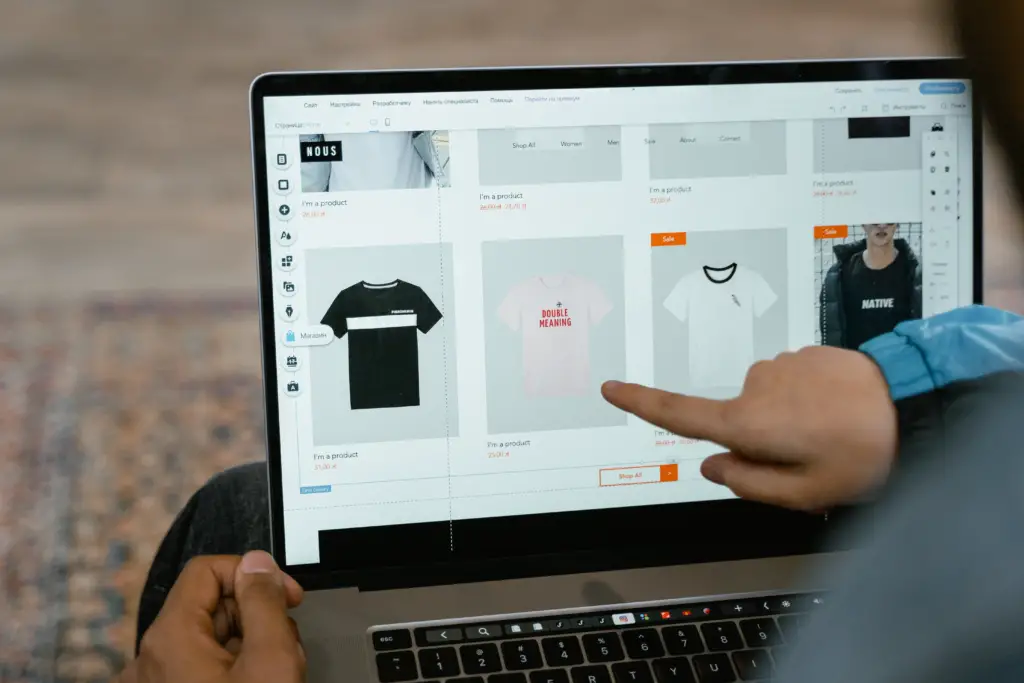Many store owners prioritize marketing and website functionality above everything else. However, as they quickly realize, having a viable strategy and implementing sound financial practices is equally important for your brand’s success.
Whether we’re talking about planning mistakes or overpaying for software, there are lots of things you can do better. In this article, we’ll share seven best tricks that will help you save money when running an online shop.

1. Create a marketing plan
Marketing is one of the most important considerations for online stores. Unlike brick-and-mortar shops, where you have to think about location, local residents’ income, and taxes, the success of an online store primarily hinges on your ability to promote the business.
Your first move is to assess the competition. Some verticals are so saturated that new players can barely make any impact. Besides determining the number of strong competitors, you also need to analyze their respective website metrics and marketing strategies.
If you conclude there’s a spot for your business in that particular market, you need to select the right marketing strategies. Doing A/B testing is probably the best way to start things off, as it will show you which tactics perform the best for that niche. Among others, you might prioritize marketing approaches you feel comfortable with.
2. Minimize business costs
Running an online store gives you several significant advantages. Most notably, you can establish a company in any country or state and abide by the local laws. Using this nifty trick is a great way to circumvent high local taxes. However, it affects other related costs, such as utility bills and hiring local employees.
Depending on where you live, you will also gain different small business tax deductions. For example, you can deduct taxes from gasoline, equipment, food, and travel expenses. Besides financial stimuli, some countries might have unique policies to make your life much easier.
3. Improve inventory management
No matter how hard you try to go “full-digital,” there will always be things that will connect your business to the real world. Among others, you must decide how to manage the inventory and ship your products around.
Depending on the type of store you’re running, you might even circumvent this one (specifically refers to dropshippers). Nevertheless, most online stores will need to rent cheap warehouses in strategic locations. The most important thing here is to find a place that is easy to reach and suitable for your turnover.
If you’re dedicated to your business, you must also consider packaging. Going with the cheapest option might sound enticing, but it will harm your brand image in the long run. Lastly, you should thoroughly research different delivery options. Each company has unique pricing policies (price per item or based on weight), so choose the one that is most suitable for your products.
4. Negotiate with suppliers
People take things at face value when they start their first online business. But, as you’ll soon realize, you always have some wiggle room when dealing with suppliers and other stakeholders.
You should always be on the lookout for cheaper products and software. Whether dealing with large or small companies, you can always benefit by asking for better terms. Even if you get a 5% discount, it can make a difference in the long run.
5. Invest in a good website
When running an online store or some other type of enterprise, you should never forget that your website is your calling card. People judge you based on what they see on the site and how well it’s performing. That being said, you need to spend some money on a fantastic theme and good hosting and implement the best SEO practices.
Among others, you need to make sure that the website is mobile-responsive and that it loads quickly. You must create an optimal structure allowing users to go from one section to another. When talking about larger online stores, filters, search bars, and excellent layouts are vital for boosting user experience and sales.
Nowadays, there are lots of drag-and-drop web themes that you can use with minimal coding knowledge. Most of them come with various integrations, which you can utilize to improve SEO performance and other parameters. However, hiring a proficient developer might be a better solution, especially if this is your first webshop.
6. Find optimal payment methods
In an ideal world, you’d like to add as many payment methods to your site as possible. Allowing visitors to choose between bank transfers, credit cards, and third-party companies sounds incredible, but it does carry certain risks. Most notably, you might introduce payment processing methods that impose high fees.
Of course, that doesn’t necessarily mean you should avoid PayPal altogether. Ultimately, most people prefer this service or use it as the only online payment method. Nevertheless, you should analyze how much each company charges and try to find potential reductions.
7. Focus on customer loyalty
Customer loyalty is every company’s secret sauce, whether we’re talking about traditional or digital stores. Making people revisit your shop over and over again can have a major impact on the bottom line, especially if you’re selling hard-to-replace products.
Perhaps the best way to improve loyalty besides providing incredible products is through customer support. Nowadays, sites utilize various AI solutions to streamline this process, thus saving time and money. Furthermore, you should create newsletter lists to stay in touch with your biggest fans.










